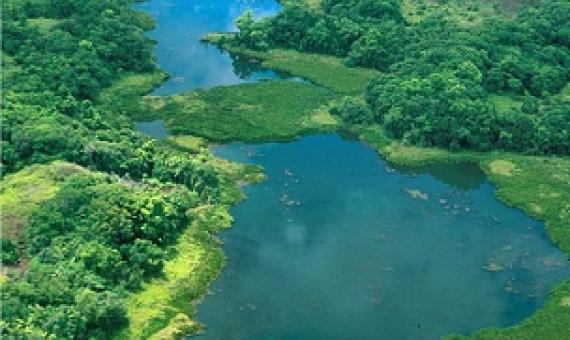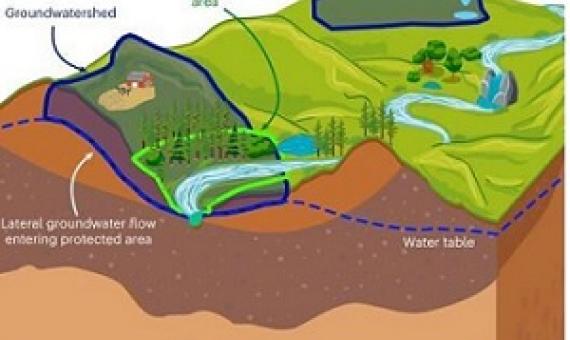Supporting Protected Areas Network, Pacific BioScapes Programme - Federated States of Micronesia
The Pacific BioScapes Programme aims to assist implementation of the Protected Areas Network Policy Framework in the Federated States of Micronesia through supporting the operations of the Protected Areas Network at national and state levels. This will include management, community protected areas support, capacity building, human resources, planning and meetings of the technical committee and management team.Call Number: [EL]Physical Description: 1 p.








